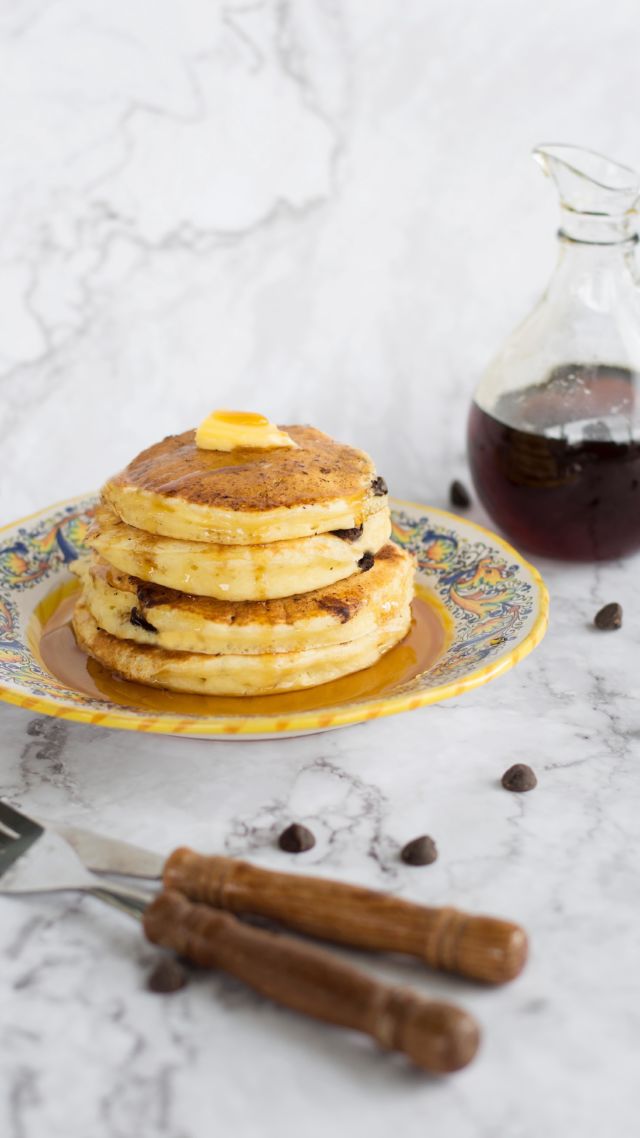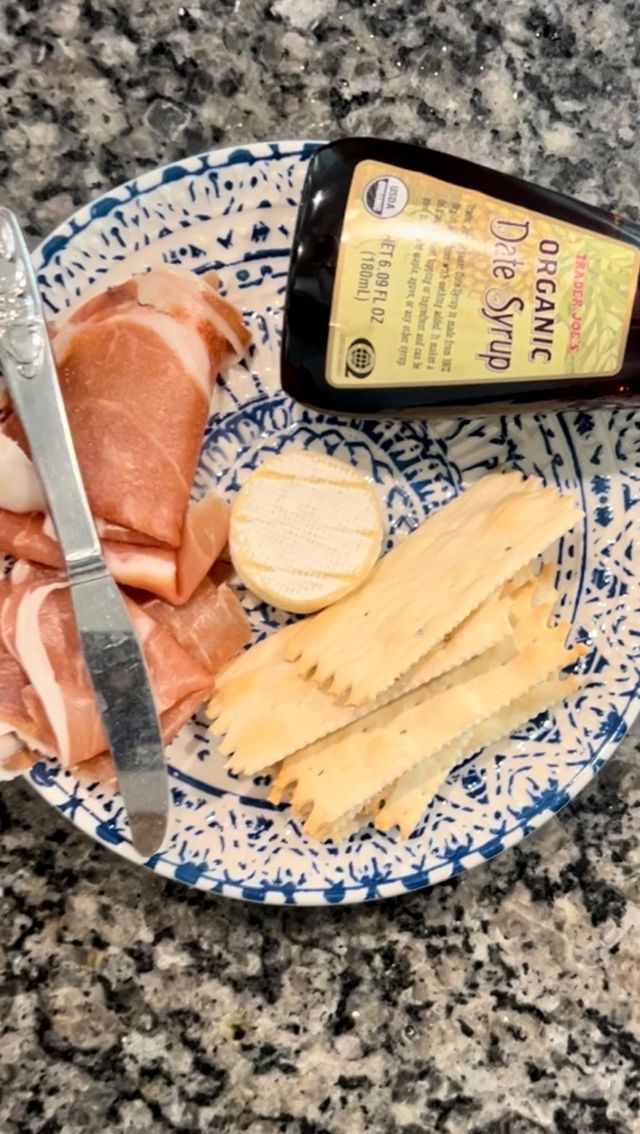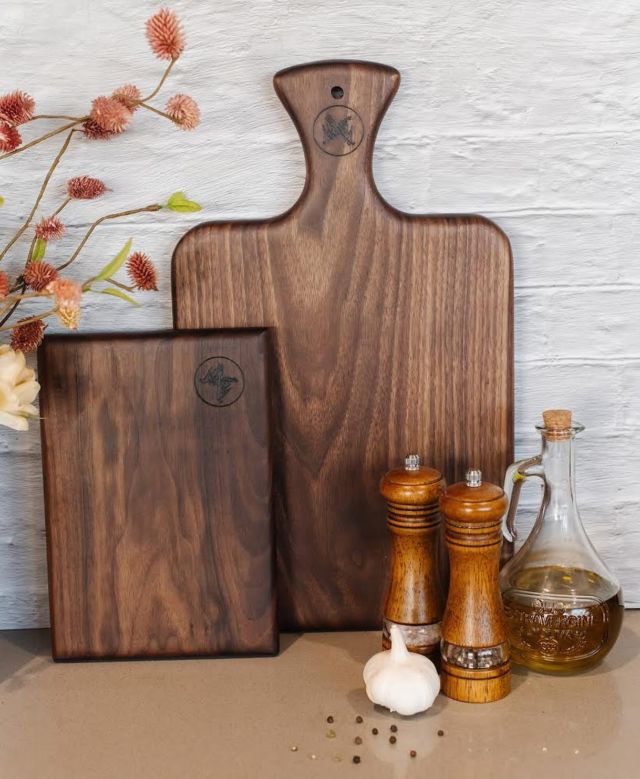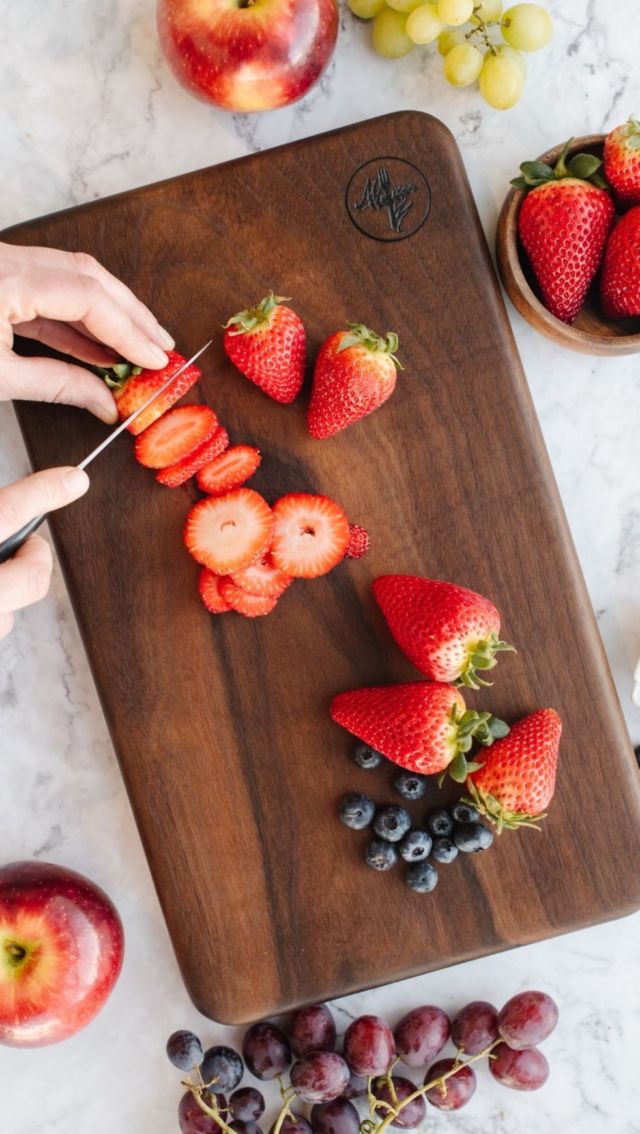2 years…that’s how long I was strictly gluten free.
To be honest, I felt like a death sentence. As an Italian I feel like bread and pasta run through my veins. How was I supposed to physically survive without these in my life?!
Well guess what? I did! And I learned a lot along the way. First of all if you can’t have gluten for whatever reason (sensitivities, Celiac, health issues, etc.), you can still eat delicious food. Especially today when there are soooo many amazing alternative options!
I tried every single “gluten free” pasta. There was one that I felt was close-ish but this homemade gluten free egg pasta takes the cake! I feel like I could fool some people (not Mamma Silvana but just about any one else). You’d never know they are gluten free.
In order to make this recipe a success in your home here is what you need to know.
#1- Your flour matters. Not all gluten free flours are created the same. I tested several different flours and even employed my gluten free expert friend Chandice ( https://www.thisvivaciouslife.com/ ) to help test the recipe and flours as well. *Side note: if you are interested in trying sourdough gluten free pasta she has a tutorial on how to make a gluten free sourdough start!
So which flour was the winner? For me, it was Bob’s Red Mill Gluten Free 1:1 Baking Flour. It provided the best flavor and was easy to work with. Cup4Cup Multipurpose Flour was a CLOSE second though! To be honest I wish these two flours could make a baby and we would have the perfect pasta flour. I felt the texture using Cup4Cup was closer to “regular” homemade pasta but I preferred the flavor of Bob’s Red Mill. In the end, Bob’s Red Mill wins because flavor matters and the texture was still great!
**NOTE: whatever flour you choose just make sure it has xanthan gum in it as it acts as a binder to keep everything together. You can always add xanthan gum to your flour before adding the rest of the ingredients.

#2- Making GF pasta is NOT the same as making other pastas. If you have worked with GF cooking/baking you know what I am talking about. There is a bit of a learning curve working with GF flour. It lacks the gluten (obviously) which is an ESSENTIAL part of pasta making. The dough will not have the same texture, elasticity, or resilience as gluten filled pasta. The best way to learn how to make GF pasta is to head over to our Instagram and check out our videos. I did a live where I made GF pasta and talked about all the learning curves you need to know about!
The tricky part comes in the shaping of the pasta. You can shape it by hand or using a pasta machine. If you use a machine it works best to have a second set of hands to crank the machine and catch the dough. Make sure you sprinkle the dough with more flour as it starts to get sticky or you will have a mess on your hands by the end!

#3- Ok, so this one is more of just a tip for later. When you store your pasta, store it separate from the sauce. Reheat the separately and then combine them once they are both re-heated. It just tastes better that way.
Both Mamma Silvana and I have gone through phases where we had to eat gluten free. Though we don’t completely understand the many difficulties that face those who cannot have gluten, we have seen at least a sliver of what it’s like. Sometimes it’s the little things in life that make all the difference so I hope this pasta recipe can make a difference for some of you who haven’t had good pasta in a while.
Gluten Free Egg Pasta
Course: PastaIngredients
1 cup 1:1 gluten free flour
2 eggs
1 Tbs olive oil
1 tsp salt
Directions
- Place flour in a bowl or in a heap on a table or board.
- Make a well in center and add eggs, salt, and oil.
- Mix with a fork or hands until it can be gathered into a ball. If still dry, sprinkle with a little water until it holds together, if it gets sticky add a bit of flour as you knead the dough. Should be smooth and only slightly tacky.
- Wrap in plastic and let rest for 10 minutes.
- Divide dough into 4 sections, working one section at a time, flatten to about 1″ thickness. Then using a rolling pin roll until thin, dusting with flour as you roll so it doesn’t stick to the table or rolling pin.
- Then using a rolling pin roll until desired thickness, dusting with flour as you roll so it doesn’t stick to the table or rolling pin.
- Cut into long thin strips or pasta shape of choice.
- Cook in boiling salted water for 3-5 minutes depending on thickness.
Notes
- This can also be done using a pasta machine. Roll dough on counter until 1-½” thick before rolling through pasta machine. To avoid sticking, dust your rolled pasta sheets with flour before cutting into strips.












